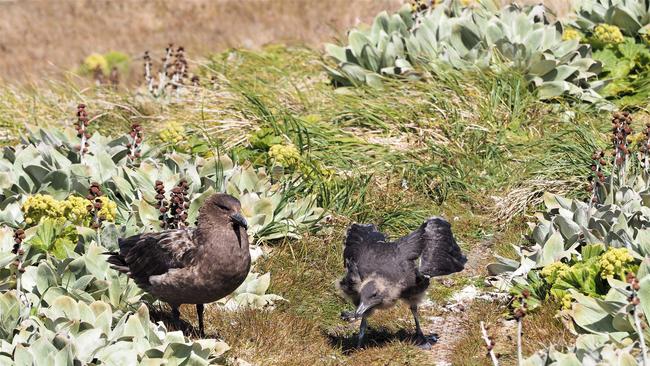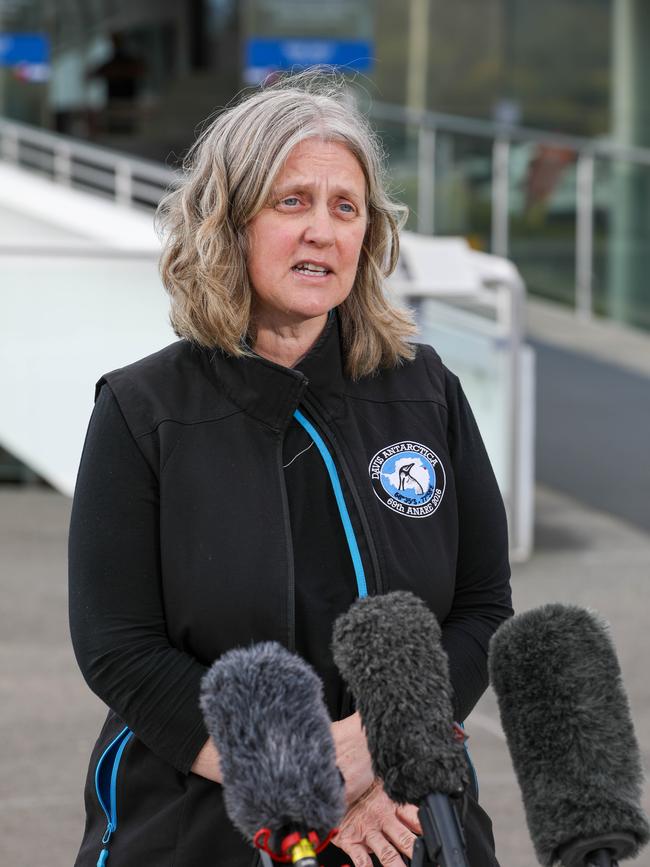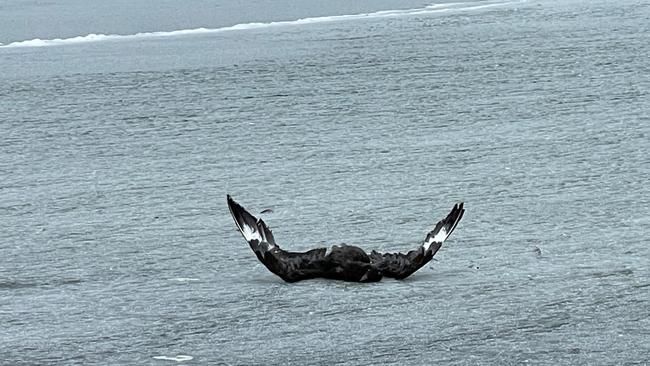Australian Antarctic Division has tested out its response to a hypothetical avian flu outbreak
Avian flu has ravaged wildlife populations across the globe, but what would happen if the disease reached Australian Antarctic shores? A group of researchers have tested exactly that.
Tasmania
Don't miss out on the headlines from Tasmania. Followed categories will be added to My News.
The spread of a devastating strain of avian flu in Australian Antarctic Territory is inevitable, a Tasmanian ecologist says, but before it arrives, the Australian Antarctic Division (AAD) has run a test scenario to finetune its response.
Sea bird ecologist at the organisation, Louise Emmerson said the H5N1 strain has spread rapidly between continents.

She said it was highly infectious and had caused mass casualties of animal populations.
“Not only has it had a big impact on wild animals, it’s also had a massive impact on domestic poultry and there have been millions of birds that have died from this virus or have been culled as a result of getting into domestic poultry,” Dr Emmerson said.

“It has also spread to other animals such as, most recently cows, cats, seals and sea lions, it’s been very devastating.”
The disease has not yet been detected in Australian Antarctic Territory, but it has been detected on the Antarctic Peninsula.
“[The disease is] a long way away from Australian Antarctic Territory, but the fact that it arrived there meant that the animals that live in Antarctica are certainly susceptible,” she said.
“Sea bird ecologists have been monitoring the spread.

“We don’t know precisely when it is likely to arrive in the Australian Antarctic Territory, but we can assume there is a chance is will occur this spring … that’s when the migratory species come back to those colonies.
“If not this spring, it’s going to be in the coming years … it’s not a matter of ‘if’, it’s a matter of ‘when’ it arrives.”

When it arrived, she said the outcome would likely be ‘devastating’.
“It’s hard to know how grim it’s going to be when it arrives, it could be mass mortality that has a very significant impact on populations or it may not be the case,” Dr Emmerson said.
It’s why the organisation is preparing for the worst case scenario on Macquarie Island.
On Wednesday it ran a training exercise to test how it would respond to an emergency.
“The scenario this morning starts off with a mass mortality of penguins on the southern end of the island, responses to that for us is to shut off travel by people to that southern end … to geographically quarantine that area off,” AAD incident manager Robb Clifton said.

“Then it accelerates to a dead skua being found on the station itself, so we’re working through how do we deal with that carcass, what are the sampling regimes we might need to think about and how do we keep ensuring the safety of those on the station.
“As a worst-case scenario, it really does set us up and the station up to respond.”

Mr Clifton said it was important to get on the front foot, because of how remote Macquarie Island was.
“Logistics to Antarctica and Macquarie Island aren’t easy, it’s not like day to day we can augment equipment and send expertise down,” he said.
“So we’ve had to do a lot of thinking in advance … some of that has been usefully formed in the Covid experience in terms of PPE and how we might deal with infectious illnesses on our station.”





